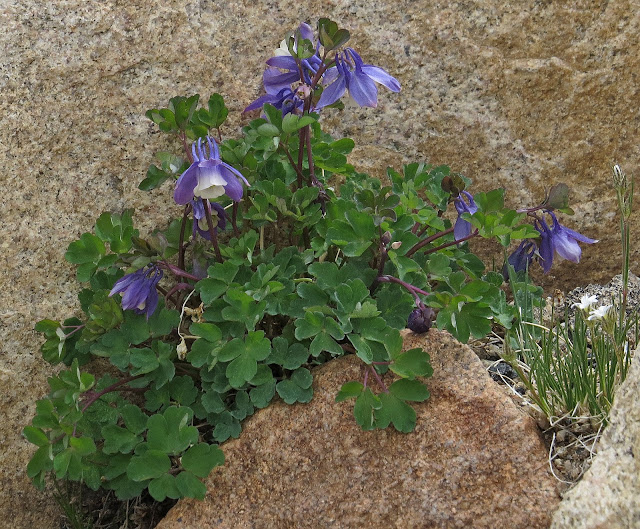So several years ago Bill and I were pleased to hear an Eastern Screech Owl one evening while we were sitting on our back porch. Within a few days I went to our nearby Wild Birds Unlimited store and bought a nice screech owl house, which I gave to Bill for Christmas. With high hopes we put it up in a back corner of our lot, near my brush pile where I heave all my garden waste that is too coarse or woody to go into the compost.
It didn't take long for the squirrels to find it! They were the only critters that I ever saw take any interest in it, and over the years the side panel bowed and I basically figured that we had provided many generations of squirrels with a pretty cushy home. Until yesterday!
I was doing some fall cleanup and when I tossed some brush onto the pile I heard some thumping in the box. Looking up, I expected to see a squirrel but I was astonished to see a gray screech owl looking right at me out of the hole! I think we were both equally surprised, and of course I didn't have a camera with me. I went in to get one but by the time I came back out the bird had retreated back into the box. I could kind of see it through the gap in the side of the box, but I didn't want to get too close. I took a picture and from the image in the viewfinder I could tell that the angle of the sun was not in my favor and the picture was really dark:
I called Bill at work to tell him about it, but I knew the picture was so bad that I didn't bother to upload it to the computer. Until today!
I used the camera quite a bit today on a trip to southern Ohio and when I uploaded the photos I saw the picture from the day before. What the heck--it might be worth putting it into Photoshop Elements and see if I could make anything of it. I have a really old version of that software, and have probably used less than 50% of its capabilities, but I thought I'd give the "lighten shadows" function a try. Here is what appeared, almost like magic!
These small owls will live anywhere that has sufficient tree cover. They have a wide-ranging diet of mammals, birds, insects, frogs--virtually any small animal will be food for these accomplished predators. They live in the eastern part of the United States year-round, and probably are present in just about any area that has trees and tree cavities (or a backyard nest box!).
Don't miss this link to the eerie calls of the Eastern Screech Owl!








































